TEMPO.CO, Jakarta - In recent years, the darkest places in the U.S., recognized by DarkSky International, have been gaining traction for their ability to present desirable stargazing experiences. With minimal light pollution, the celestial shows of bright stars and admirable satellites are incredibly rewarding. If you are into the wonderment of nighttime, take some time off to indulge in these amazing sights.
Darkest Places in the U.S.
DarkSky International deemed many natural places, such as Arizona’s Flagstaff, Nevada’s Great Basin National Park, and Utah’s Moab, as the darkest places in the U.S., showcasing wholesome outer space sightings. Other destinations mentioned are as follows:
1. Flagstaff, Arizona
Flagstaff pioneered the light pollution prevention campaign in 1958 with its first-in-the-world outdoor lighting ordinances. This endeavor has earned the eminent destination its spot among the International Dark Sky Community. Arizona’s Flagstaff was the country’s first recognized site of darkest places.
2. Great Basin National Park, Nevada
Despite being one of the nation’s least-visited national parks, Great Basin National Park spans over 77,000 acres of wilderness. As a nature-themed destination with one of the lowest light pollution rates in the U.S., this big playground offers stunning alpine lakes, a fascinating cave system, lush pinyon-juniper forests, and wonderful high-altitude peaks. For a complete look at the night sky, head over the Mather Overlook in the Wheeler Peak Scenic Drive.
3. Moab, Utah
When it comes to dark skies, Utah has more than two dozen certified Dark Sky Places. It comes as no surprise that the city of Moab is a superstar for nighttime spectacle enjoyers. On top of the otherworldly sights, the outdoor destination has the Arches and Canyonlands national parks, the Natural Bridges, and the Hovenweep national monuments.
4. Oregon Outback International Sky Sanctuary, Oregon
An International Sky Sanctuary is included as one of the darkest places in the U.S. for its commitment to preserving the light pollution environment. Notably, Oregon Outback, which consists of a substantial portion of southeastern Oregon, is also the biggest sky sanctuary in the U.S., where visitors can have a joyous stargazing party at the inviting canopy.
5. Greater Big Bend International Dark Sky Reserve, Texas
Big Bend National Park in Texas is well-known for its status as the world’s biggest Dark Sky Place. Encompassing 9 million acres, the national park is about a six-hour drive from San Antonio. Thanks to its secluded location, many visitors endorsed Greater Big Bend International Dark Sky Reserve’s spectacular constellation shows during a new moon phase.
6. Great Sand Dunes National Park and Preserve, Colorado
Another addition to the darkest places in the U.S., Great Sand Dunes National Park and Preserve has the reputation of housing North America’s tallest dunes. With its naturally dry climate, the little presence of light pollution, and high elevation makes a great place to provide a sanctuary for those interested in stargazing.
7. Grand Canyon National Park, Arizona
The inclusion of the Grand Canyon as one of the darkest places in the U.S. is an expected turn, given its rather remote location. The second-most visited national park in America can welcome 6 million annual visitors, owing to the destination’s immense canyon and celestial shows. As the night rolls in, thousands of stars in the area are visible to the naked eye.
8. Death Valley National Park, California
Witness the wonderfully crafted night spectacles within one of the darkest spots in the U.S., known as Death Valley National Park. Here, in the late winter or early spring, the outer space enthusiasts gather around at the Dark Sky Festival to engage in astronomy talks with park rangers.
9. Palos Preserves, Illinois
Offering public astronomy events, including full moon nature walks, Palos Preserves in Illinois is recognized as the world’s biggest Urban Night Sky Place. Upon the first steps at the Adler Planetarium’s Doane Observatory, stargazers can catch a glimpse of innumerable stars and planets through a PlaneWave CDK24 telescope.
10. Katahdin Woods and Waters National Monument, Maine
In the deepest part of North Bangor, just about a 90-minute drive away, Katahdin Woods and Waters National Monument exists as a desirable outdoor stargazing destination. Other than celestial ventures, there are a myriad of entertainment options to enjoy, from hiking and mountain biking to canoeing activities.
11. Joshua Tree National Park, California
With four designated stargazing locations, Joshua Tree National Park is a strong contender for the darkest places in the U.S. Among Quail Springs, Cap Rock, Hidden Valley, and Ryan Mountain, outer space enthusiasts can access their preferred ranger-led astronomy programs throughout the year.
12. Cherry Springs State Park, Pennsylvania
As one of the darkest spots in the U.S., Cherry Springs State Park entices stargazers with its 2,300-foot-high mountain. The Astronomy Observation Field is an incredibly rewarding destination. Visitors are offered 36-degree night sky views, with grand opportunities to watch the glorious northern lights during the fall and winter months.
Whether you’re a seasoned astronomer or a casual stargazer, understanding where the darkest places in the U.S. lie can transform your nighttime experience into something truly magical. To unlock other destination gems, head to the most beautiful national parks in the U.S. for a stargazing agenda.
Editor's Choice: 10 Best Places to Travel Alone: Japan, Iceland, and More
Click here to get the latest news updates from Tempo on Google News


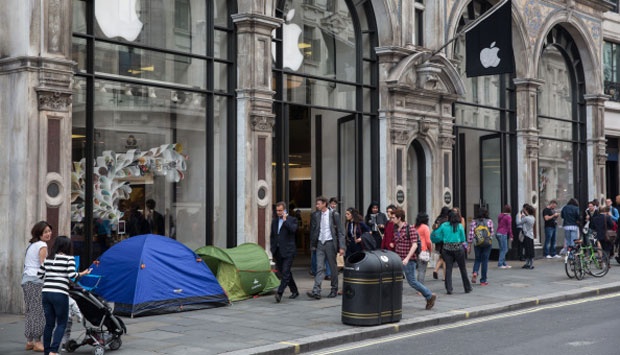


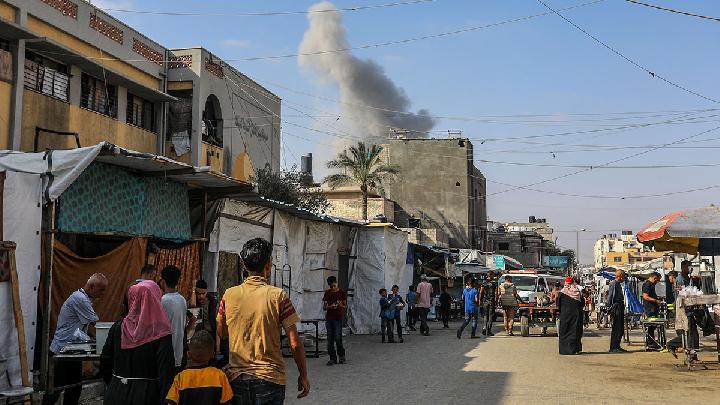




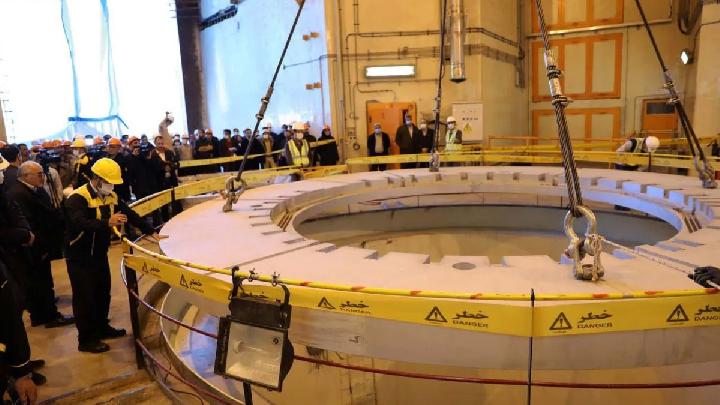







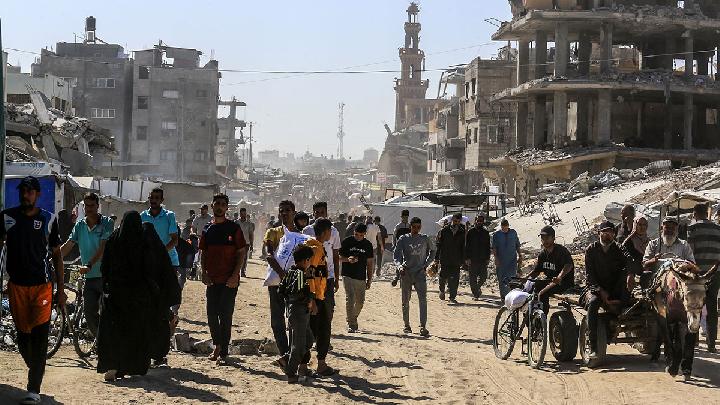

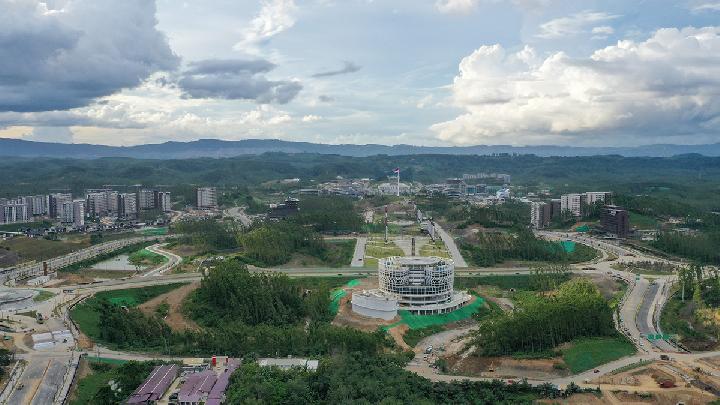










:strip_icc():format(jpeg)/kly-media-production/medias/4779768/original/056174500_1711004488-hands-holding-knife-fork-alarm-clock-plate-blue-background.jpg)
:strip_icc():format(jpeg)/kly-media-production/medias/3508689/original/070798000_1626139545-20210713-Elon-Musk-SolarCity-5.jpg)
:strip_icc():format(jpeg)/kly-media-production/medias/771429/original/006248600_1416892825-m2.jpg)
:strip_icc():format(jpeg)/kly-media-production/medias/4787912/original/016408900_1711630423-20240328-Penukaran_Uang-AFP_6.jpg)
:strip_icc():format(jpeg)/kly-media-production/medias/4669396/original/057272700_1701340063-male-traveler-montenegro-outdoors.jpg)
:strip_icc():format(jpeg)/kly-media-production/medias/1637589/original/042512800_1498996834-20170702-Senja-FF2.jpg)
:strip_icc():format(jpeg)/kly-media-production/medias/3055316/original/077027300_1582165451-BN-bsb-jame-asr-hassanil-m-2.jpg)
:strip_icc():format(jpeg)/kly-media-production/medias/4683631/original/073976400_1702380433-ilustrasi_melihat_nabi_dalam_mimpi.jpg)
:strip_icc():format(jpeg)/kly-media-production/medias/3022229/original/080968000_1579064783-HL.jpg)

:strip_icc():format(jpeg)/kly-media-production/medias/2393719/original/067759100_1540615529-pokemon-go01.jpg)
:strip_icc():format(jpeg)/kly-media-production/medias/5150517/original/099207500_1741076535-20250304-Banjir_Bekasi-AFP_3.jpg)

:strip_icc():format(jpeg)/kly-media-production/medias/1270659/original/036016300_1466509174-Banner.jpg)
:strip_icc():format(jpeg)/kly-media-production/medias/5114856/original/088700500_1738248362-Screenshot_2025-01-30_21.39.48.jpg)
:strip_icc():format(jpeg)/kly-media-production/medias/3430346/original/057356100_1618535827-coffee-cup-with-different-dried-fruits-nuts.jpg)
:strip_icc():format(jpeg):watermark(kly-media-production/assets/images/watermarks/liputan6/watermark-color-landscape-new.png,1100,20,0)/kly-media-production/medias/4843119/original/038879500_1716728099-20240526185221_2R8A5728.JPG)
:strip_icc():format(jpeg)/kly-media-production/medias/5147273/original/095534700_1740968364-cek_fakta_petugas_haji.jpg)
:strip_icc():format(jpeg)/kly-media-production/medias/5144760/original/037487100_1740642475-BUMN_2025.jpg)
:strip_icc():format(jpeg)/kly-media-production/medias/4804440/original/033841800_1713357769-Gus_Baha_dan_Habib_Syech2.jpg)